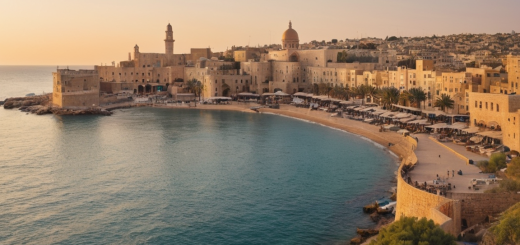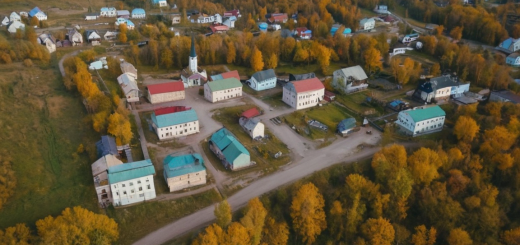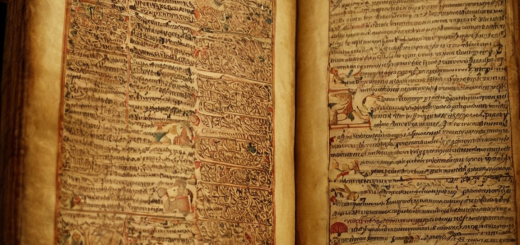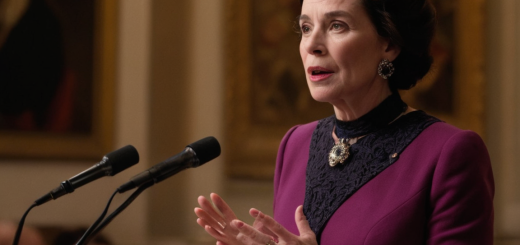Exploring the Rich Tapestry of Languages in Israel: A Cultural Mosaic
Unraveling the Linguistic Diversity of the Israeli Mosaic
Israel, often referred to as ‘the land of milk and honey’, is not only a blend of ancient history and modern innovation but also a crucible of linguistic diversity. This melting pot of cultures and traditions is deeply reflected in the languages spoken within its borders. We embark on a journey to explore the symphony of languages that echo through the bustling markets, sacred sites, and vibrant streets of Israel.
Historical Foundations of Linguistic Diversity
Long before modern statehood, the region known as Israel was a nexus for trade, empires, and religion. Each epoch left its linguistic imprint, sowing the seeds for the rich tapestry of dialects found today. Hebrew, the language of the Bible, underwent a remarkable revival and stands now as the official language of the state alongside Arabic, which reflects Israel’s connection to the wider Middle Eastern culture.
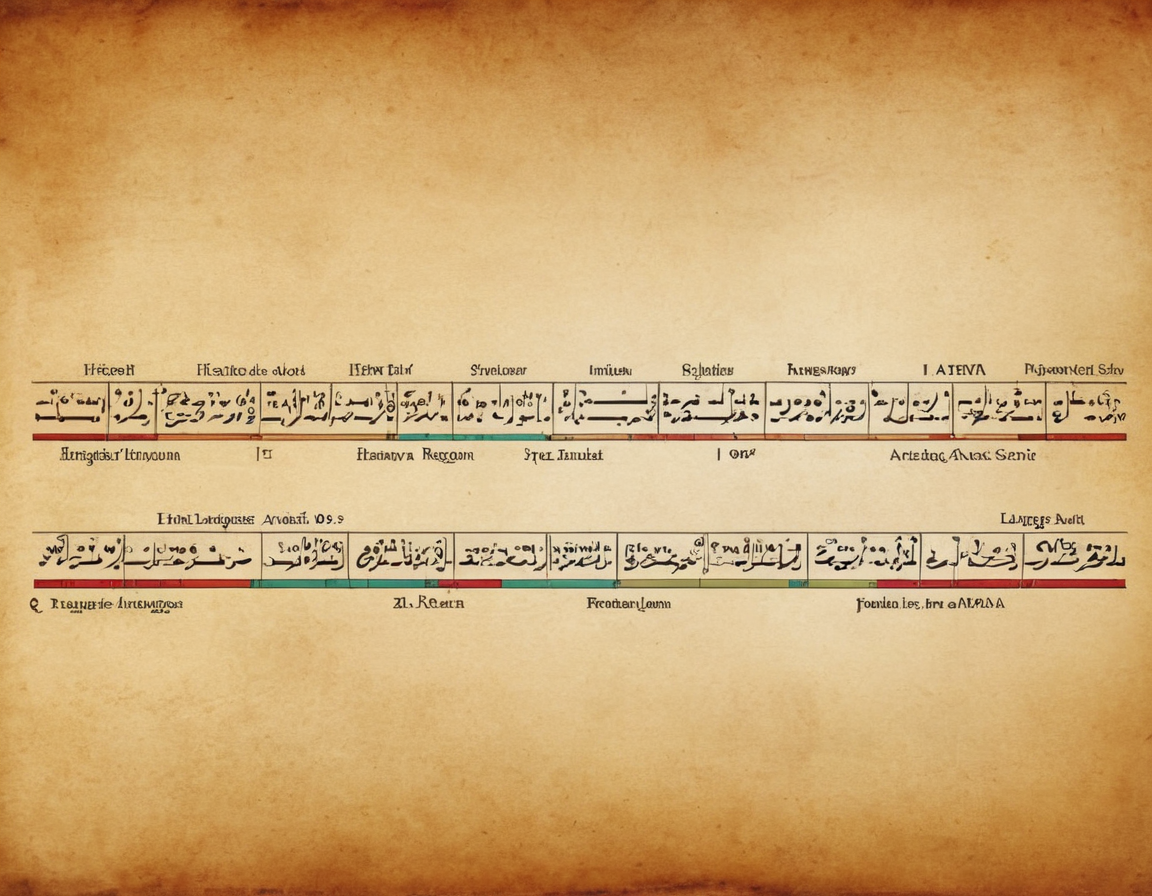
The Heartbeat of Modern Israel: Hebrew and Arabic
In this land where ancient meets cutting-edge, Hebrew is the lingua franca, used in daily conversation, media, and education. Meanwhile, Arabic is the mother tongue for the substantial Arab minority, creating a bilingual echo that pervades the social fabric. Both languages do not just coexist but interwine in surprising and complex ways.
A Mosaic of Minority Languages
While Hebrew and Arabic are the dominant soundscape, Israel’s geographic location and history of immigration have contributed to a myriad of minority languages that include Russian, Amharic, Yiddish, and Ladino. These languages serve as vital lifelines, preserving the heritage and identity of various ethnic communities. As waves of immigrants from Ethiopia, the former Soviet Union, and other regions have settled, they have brought with them the echoes of their homelands, adding layers to this already diverse linguistic mosaic.

Expert Insights into Israel’s Language Landscape
Linguistic experts are fascinated by Israel’s unique blend of ancient, revived, and imported tongues, making it a living laboratory for language evolution and revitalization. Researchers highlight the significance of understanding the interactions between these languages as a key to appreciating the cultural and societal dynamics of the nation.
Linguistic vitality in the region is not merely academic. It influences everything from legislation to education. The remarkable comeback of Hebrew and the ongoing evolution of Arabic dialects in Israel offer rich insights into how languages can adapt and thrive in a modern context.
Real-World Impact: Language and Identity
In Israel, language is more than a tool for communication; it’s a cornerstone of identity. The daily usage of Hebrew and Arabic serves as a constant reminder of Israel’s historical narrative and contemporary cultural tensions. Moreover, the preservation of minority languages is a testament to Israel’s multicultural promise and the challenges of maintaining that diversity in a globalized world.
The Future Outlook: Sustaining Linguistic Heritage
As technology and globalization march forward, Israel faces the challenge of preserving its linguistic heritage while staying connected to the world. Initiatives to document and support minority languages are underway, alongside efforts to promote a bilingual ethos that respects and values the significance of both Hebrew and Arabic in Israeli society.
The land of Israel, as seen through the prism of its spoken words, is an ongoing narrative of resilience, adaptability, and cultural intersection. Its languages tell the story of its people – a story that continues to be written with every uttered syllable and learned phrase.
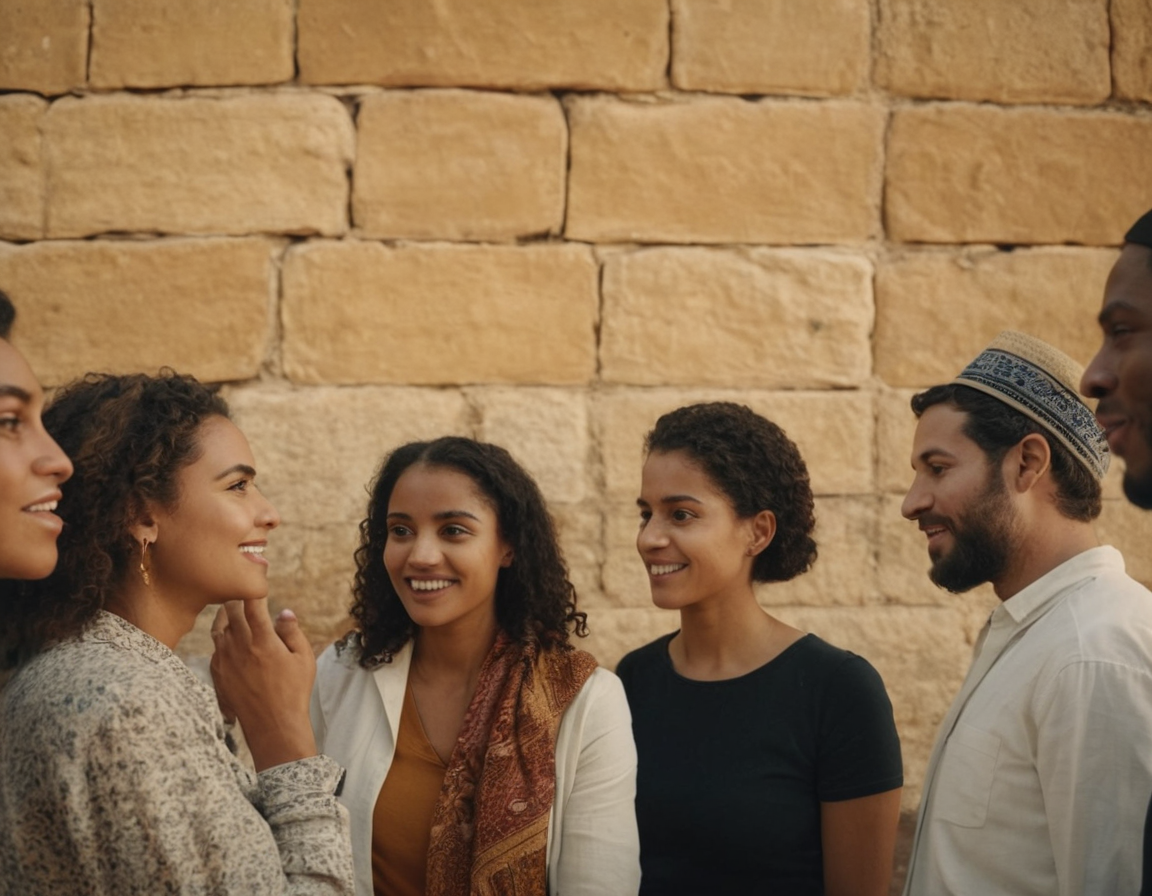
Join us as we continue to explore the languages of the world and the stories they tell about the human experience. Share this post to raise awareness about linguistic diversity and celebrate Israel’s rich cultural tapestry. Have you experienced the harmonious blend of languages in Israel? Tell us about your encounters in the comments below!

